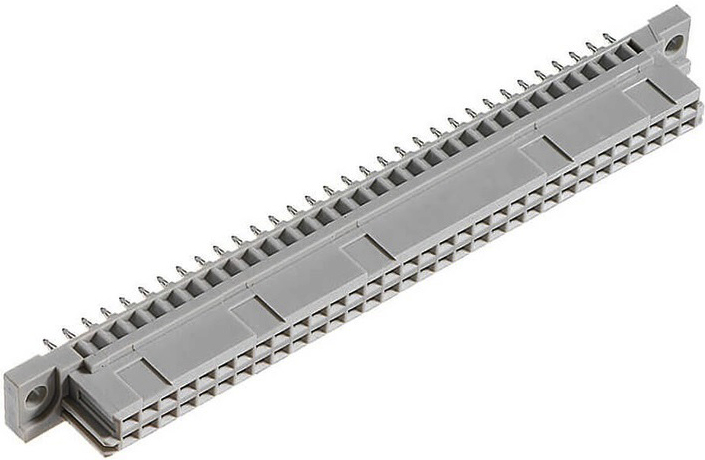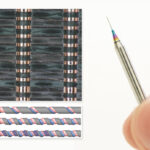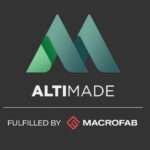ASIA ELECTRONICS INDUSTRYYOUR WINDOW TO SMART MANUFACTURING
Unique Techniques Diversify Connection Technologies
Connection technologies used in the manufacturing process of electric and electronic devices have been diversifying. Consequently, technologies that have been attracting attention in recent years include the press-fit technique. That is, it mounts electronic components, such as connectors, on printed circuit boards (PCBs) without using solder.
Accordingly, electrical connection in the manufacture of electric and electronic devices requires soldering. However, there are various other connection technologies and methods available.

Various Joining Options
Resistance welding joins metals and suits precision welding of various materials, such as welding of twisted wire terminals. On the other hand, fusing welding joins an insulation coating copper wire and a metal terminal by melting the insulation coating and bonding the underlying copper wire and the terminal. It suits connection of motor’s coil wire and commutator, as well as of coil wire and terminal of various molded bobbins.

Pulse heat joining, instantaneously heats a ceramic heater and the heat melts the objects subject for welding. It suppresses the effects of heat on components through local heating. This method matches soldering of flexible printed circuit and PCB. In addition, also suits thermal compression bonding of anisotropic conductive films (ACF) (glass + flexible printed circuit).
Meanwhile, laser welding applies the principle of local generation of heat upon irradiation of laser light condensed into a beam. This technique suits fine bonding, soldering of chip components, and copper terminal welding of power devices.

Press-Fit Technique Eliminates Need for Solder Bath
Efforts toward achieving carbon neutrality have been gathering momentum. Against this backdrop, the press-fit technique, which eliminates the need for mounting using solder bath, has been attracting attention to mount electronic components on PCBs. The press-fit technique is applicable in mounting of dual inline package (DIP) components, such as connectors and capacitors. In particular, the adoption of press-fit connectors that support the press-fit technique has been increasing.
Conventional connectors connect by soldering when mounted on PCBs. In contrast, mounting of press-fit connectors is possible using a simple press-fit method. They simplify the process by eliminating the coating and reflow processes and reduce costs for equipment.
Press-fit connectors flow current as they touch the PCB by deforming when multiple terminals are press-fit in through holes on PCBs using connector press fitting equipment. Press-fit connectors do not generate thermal shock, provide stable quality, and eliminate heat source. Therefore, they are suitable for semiconductors and fine components. They also contribute to energy-savings.
As the adoption of the press-fit technology expands, standardization group IPC has issued press-fit standard for automotive requirements (Japanese edition).
Connector manufacturers, including Japan Aviation Electronics Industry, Limited, have expanded their lineups of press-fit connectors. Power semiconductor manufacturers, such as Mitsubishi Electric Corporation and Fuji Electric Co., Ltd., have commercialized insulated gate bipolar transistor (IGBT) modules that can be mounted using the press-fit method.




